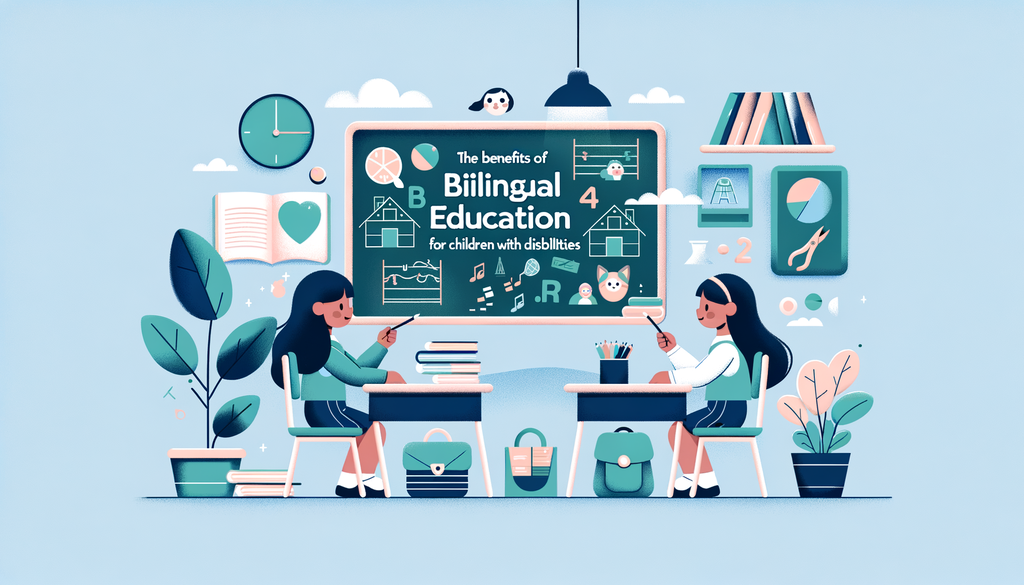The Benefits of Bilingual Education for Children with Disabilities

The Benefits of Bilingual Education for Children with Disabilities
While the benefits of bilingual education are widely acknowledged, children with disabilities often face additional challenges when pursuing language learning. However, that doesn’t mean bilingualism is out of reach for these learners. This post explores the unique advantages bilingual education can offer to our special learners and the strategies to implement it effectively.
Advantages of Bilingual Education for Children with Disabilities
Many studies demonstrate that bilingual education can help enhance cognitive flexibility, creativity, and cultural appreciation. But more specifically, for children with disabilities, it can:
-
Improve executive functioning: Learning a second language can boost executive functions like problem-solving, multi-tasking, and decision-making, which are useful skills for children with cognitive difficulties. Further related reading.
-
Encourage social integration: For children with social or communicative disorders, language learning can serve as a bridge to new friendships and cultural connections, reducing feelings of social isolation. Our post, Building Bridges: Social Skills for Children on the Autism Spectrum, provides further insights into social integration strategies.
How to Implement an Effective Bilingual Education
1. Collaboration Between Teachers and Therapists
Teachers and therapists should collaborate closely to adapt teaching methods to a special learner’s individualized needs. As we discussed in a previous post about securing necessary accommodations, your child should always work within an education plan tailored to their abilities.
2. Use of Assistive Technologies
From visual aids to speech-to-text software, assistive technologies can facilitate language learning for children with disabilities. For an exploration of the best apps and learning tools, see our review of educational apps designed for children with special needs.
3. Involvement of Parents and Caregivers
Parents and caregivers play a crucial role in reinforcing language learning. Our post on educating yourself as a parent discusses the importance of parental involvement in a child’s education journey.
4. Flexible and Individualized Instruction
An effective bilingual education program must be flexible and adaptable to a child’s unique learning pace and style. For parents, knowing the difference between an IEP and a 504 Plan can help tailor the learning experience to their child. Check out our guide on the topic.
Closing Thoughts
Bilingual education can empower children with disabilities, giving them enhanced cognitive skills and new opportunities for social connection. However, achieving these benefits requires a carefully tailored, flexible, and patient approach to education - a subject we further explore in our guide for transitional strategies. The investment is well worth it, as unlocking the world of bilingualism for a child with disabilities can significantly enrich their learning landscape.